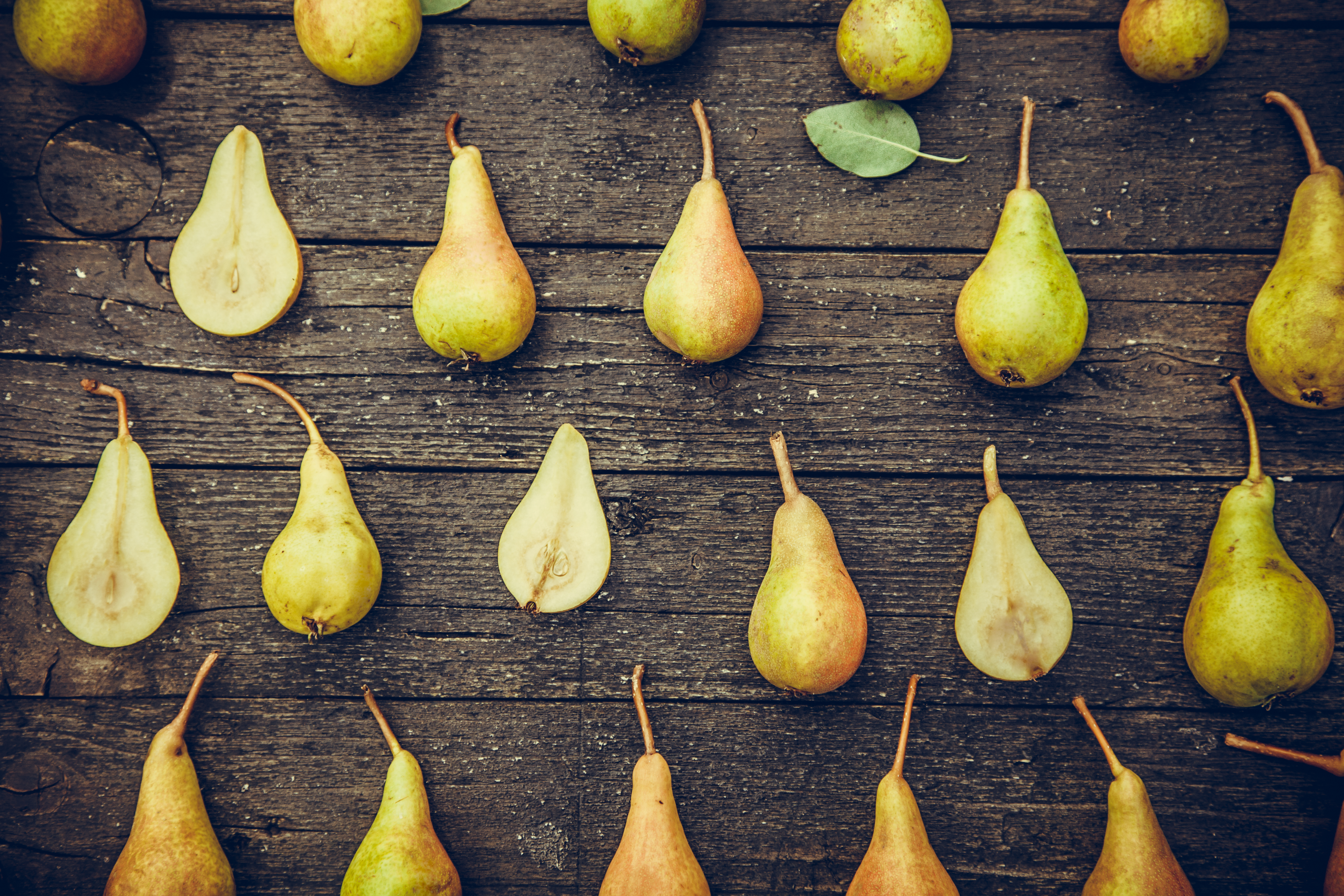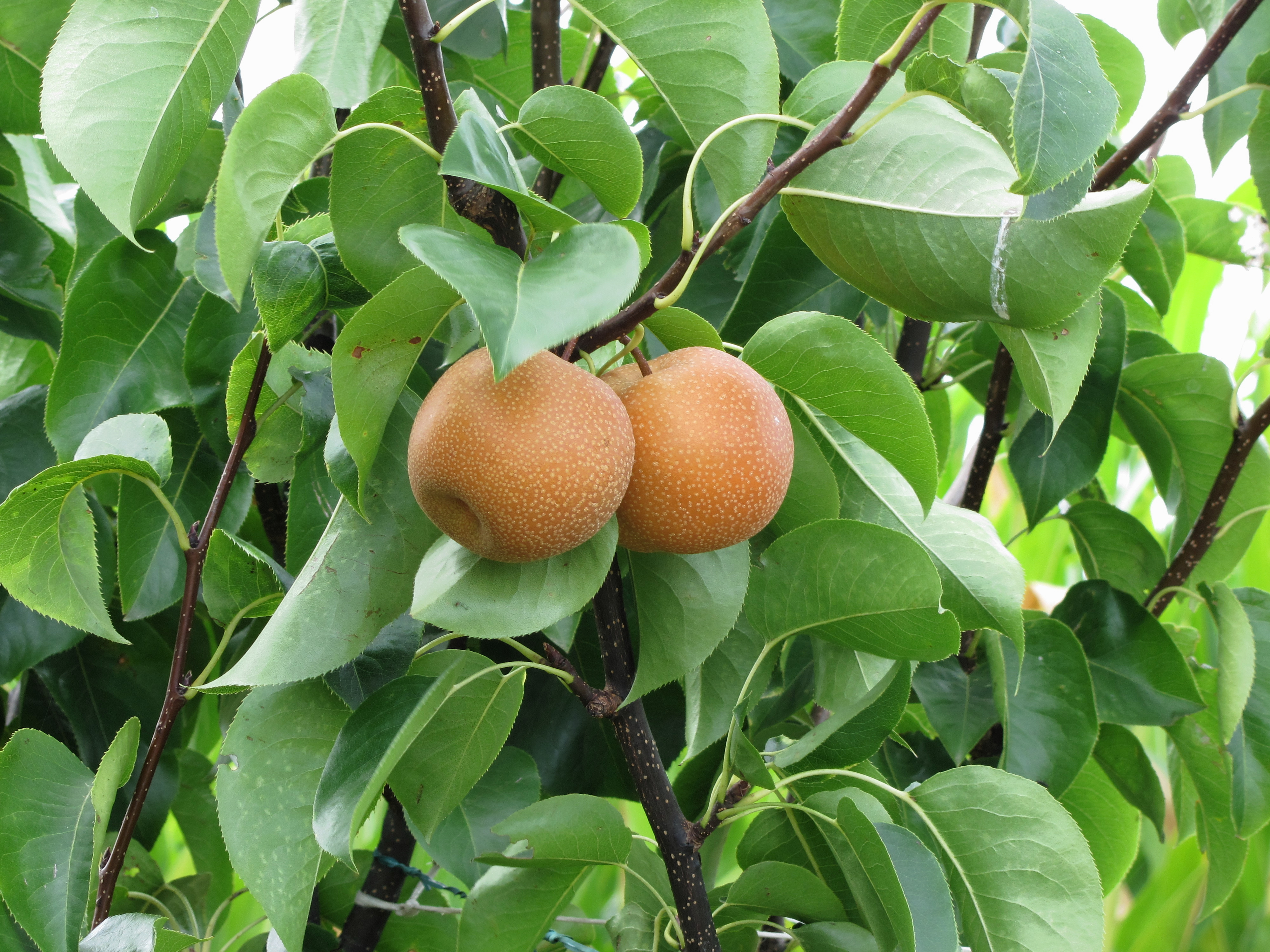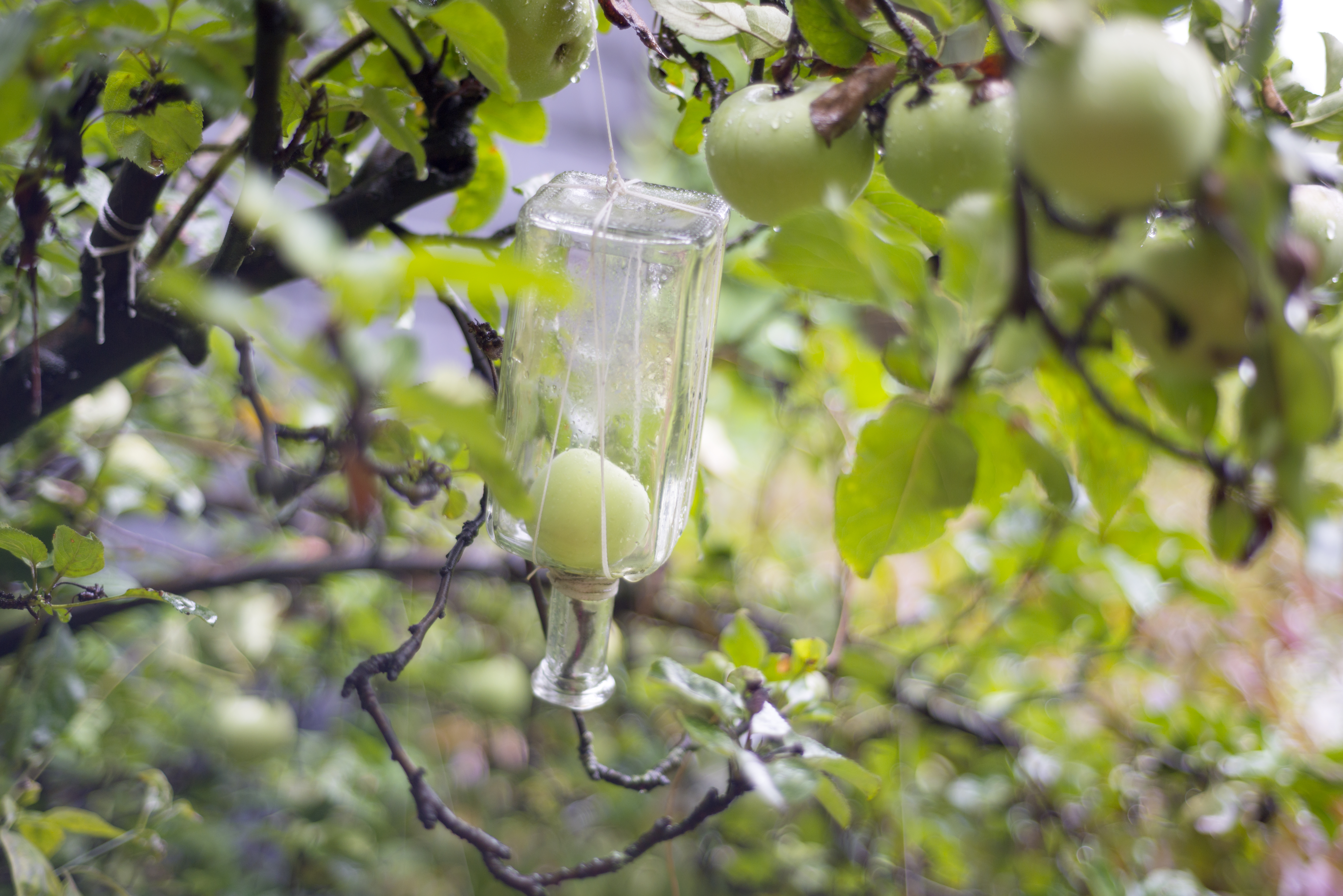
Pear-a-dice Found: From an Ancient Obsession to a Bottle of Brandy–the Interesting History of Pears
The history and culture of the pear is as ancient as it is interesting.
The history and culture of the pear is as ancient as it is interesting. First mentioned in a literary by Homer in the 9th century BC, they originated in two distinct locations, creating two very distinct types. The first mention of commercial cultivation dates back to around 5,000 BC, when a Chinese diplomat named Feng Li became obsessed with them and abandoned his position of power to cultivate them on a commercial basis.

Pears are divided between two very distinct categories based on origin: Asian or European.
The Asian family of pears are shaped like apples with a uniform tannish color, and they have a crisp flesh that are better suited for use where cooking isn’t required. European pears have the shape and flavor of what most Americans associate with a pear. Cultivation in the United States began in 1621 when the first European settlers made landfall in New England. Unlike how they had done in Europe, the first pear trees were grown from seeds.

Culture
France became the epicenter for what eventually resulted in an obsession. In the 17th and 18th centuries, private gardens were quite the rage in France, with pears being prized above all other fruits. In 1661, Jean-Baptiste de La Quintinie, lawyer and botanist who was responsible for the gardens at Versailles, wrote,
“It must be confessed that, among all fruits in this place, nature does not show anything so beautiful nor so noble as this pear. It is pear that makes the greatest honor on the tables…”
Pear culture reached its pinnacle in Victorian England, where private gardens often had over 50 varieties of under cultivation. Why so many? Basically, it was because there was no easy way to store fruit throughout the year without it rotting. They have an advantage with their different harvest schedules and the ability for the fruit to be stored for extended periods of time. This allowed them to be enjoyed across multiple seasons. So what changed? Pears are a finicky fruit. They are extremely delicate, and as such, are always sold in a very under-ripe state, with most people too impatient to wait for that peak moment of bliss. Unlike an apple, they will ripen once picked.
So how do you know when a pear is ripe? This is pretty easy—lightly press the pear near on the stem end, once the flesh yields to light pressure, you know it’s ready to eat.
Pear Facts via USA Pears
- There are over 900 pear farmers in Oregon and Washington
- Pears are the #1 tree fruit crop in Oregon and the #3 tree fruit crop in Washington
- The combined fresh pear production exceeds 442,000 tons per year
- Most canned pears are the Bartlett variety
There is a traditional pear based brandy known as Eau de Vie de Poire that actually has a full sized pear in each bottle. So how do they do that? Watch this short video for the answer.

Pears are a great addition to your fall and winter menus, call your account representative for details today.
Overall, pears are available year round, but are at their best in the fall and winter months when they are harvested. Contact your Marketing Associate about varieties available and adding some to your next order. If you are not a customer, find out how to become one today!
Some tools you can use:
Visit freshpoint.com for our seasonal availability guides—and while you are there, check out the FreshPress, our latest market report. Place your orders online with ease at myfreshpoint.com. Did you know you can receive real-time reliable delivery alerts on the day of your delivery? Activate and subscribe at FreshPoint.com/mydelivery
Download our app and take your produce management on the go. Place orders, review flyers, watch videos…all in one spot!
Find out more details about our UBU program, and how we are shining a spotlight on food waste while making value and food safety a priority.
We buy local to strengthen regional economies, support family farms, preserve the local landscape, and to provide fresh-from-the-farm food to our customers. Local.freshpoint.com connects you to your local farmers like never before! Customize your search by zip, city, state, radius…even by crops and growing methods. Pop in your zip code and learn about our local farmers.
Socialize with us!
Did you know we are on YouTube? Head over to our page and check out our 75+ videos. Don’t forget to subscribe, and also be a part of our Bell Team—hit the little bell icon to get notifications when we upload new videos.
Follow FreshPoint, Inc. on Facebook, Twitter, Instagram, and LinkedIn…and follow The Produce Hunter on Instagram as she finds the best specialty produce at the Santa Monica Farmers Market.

